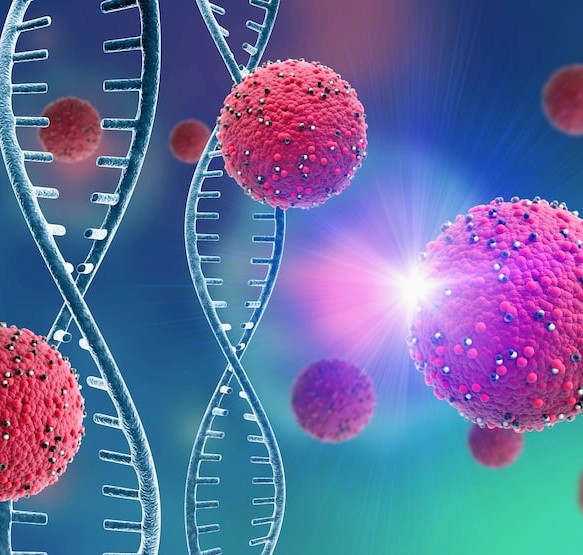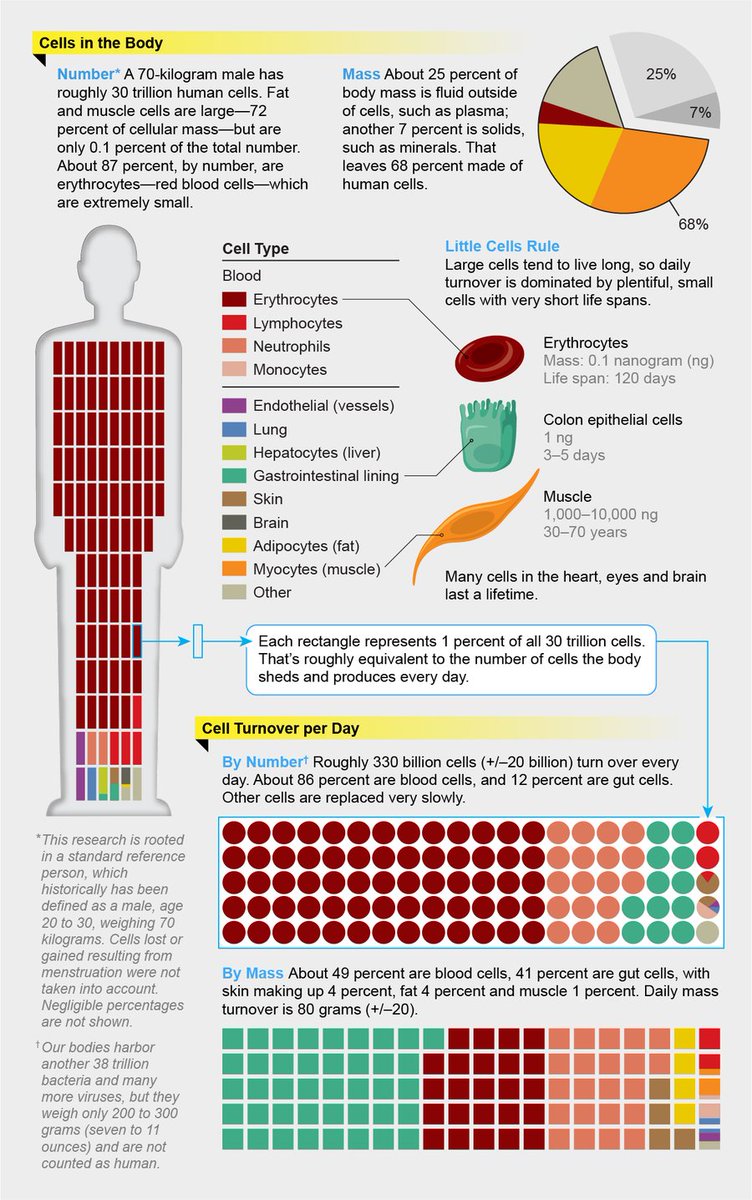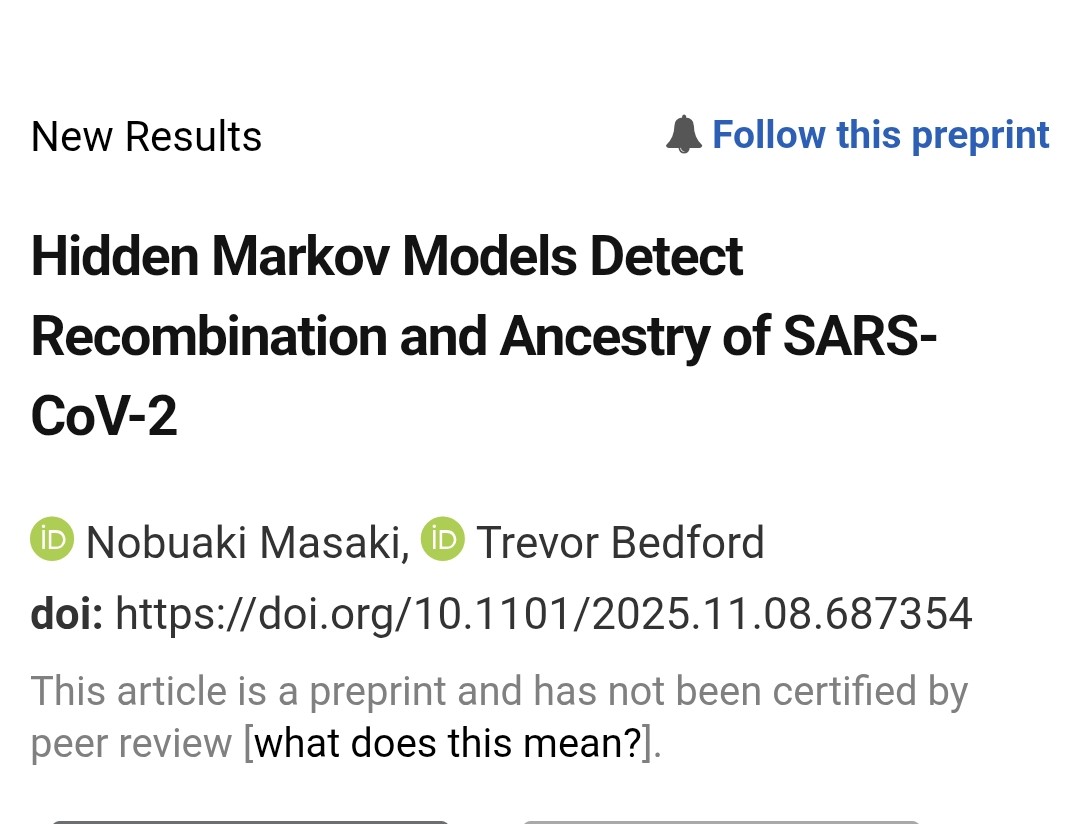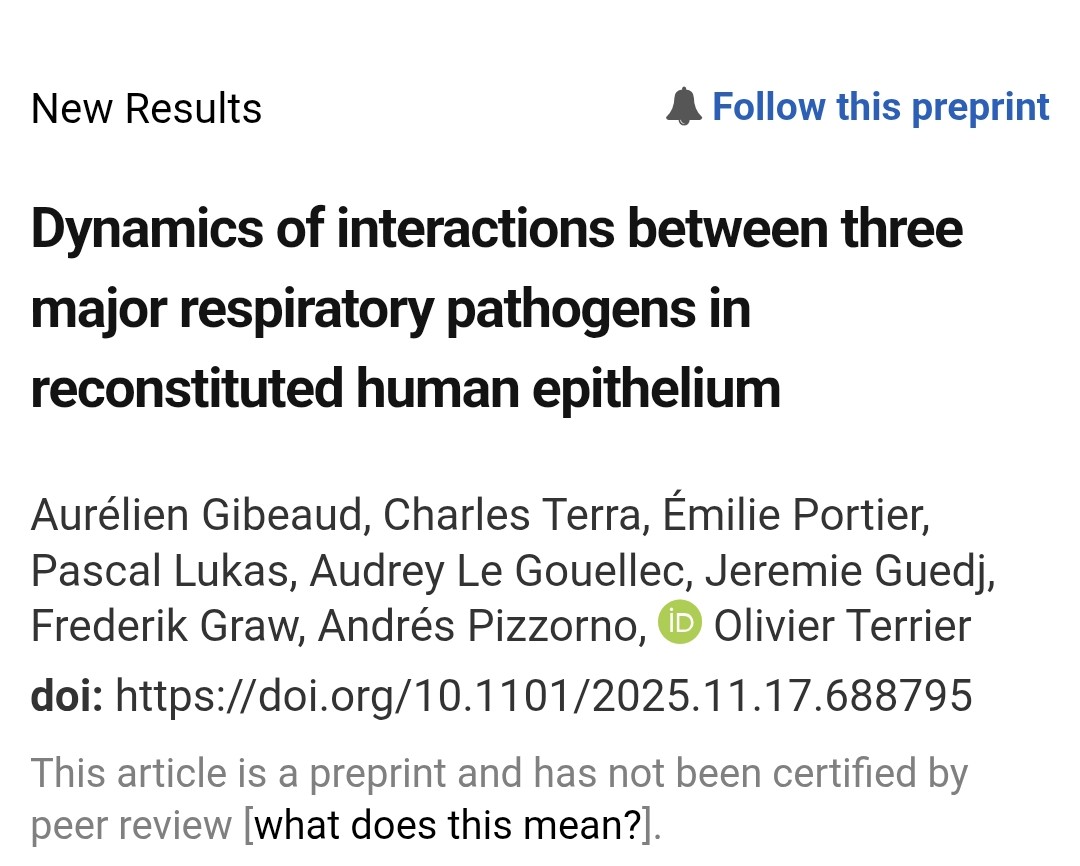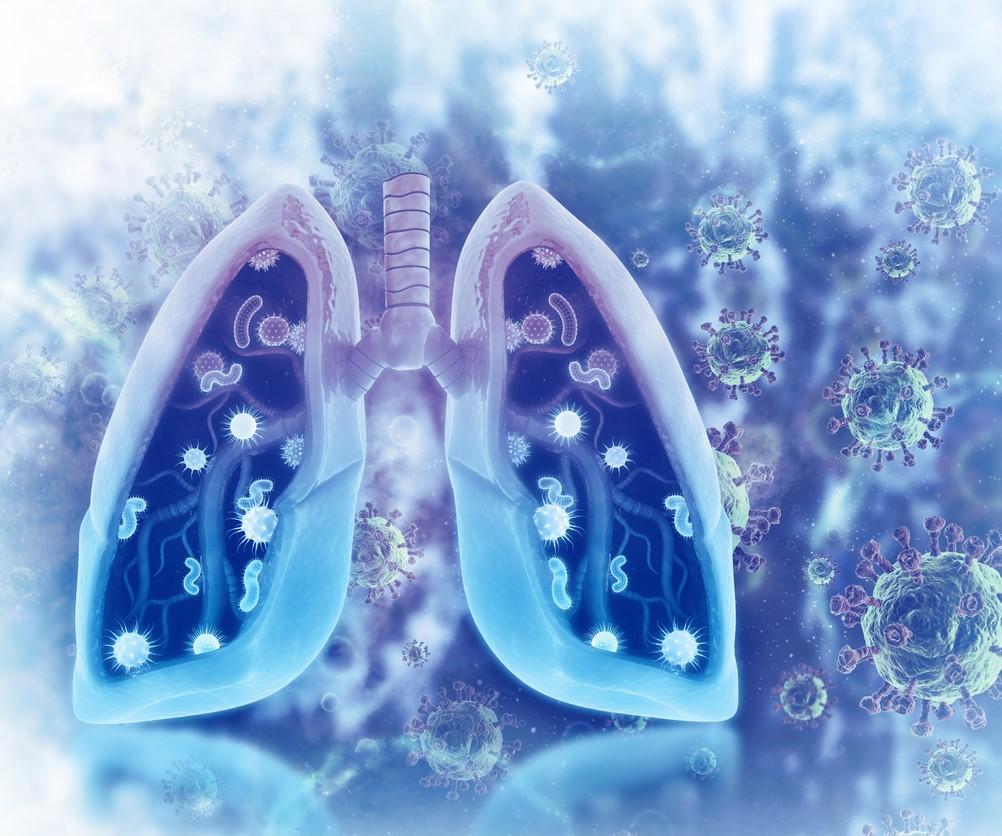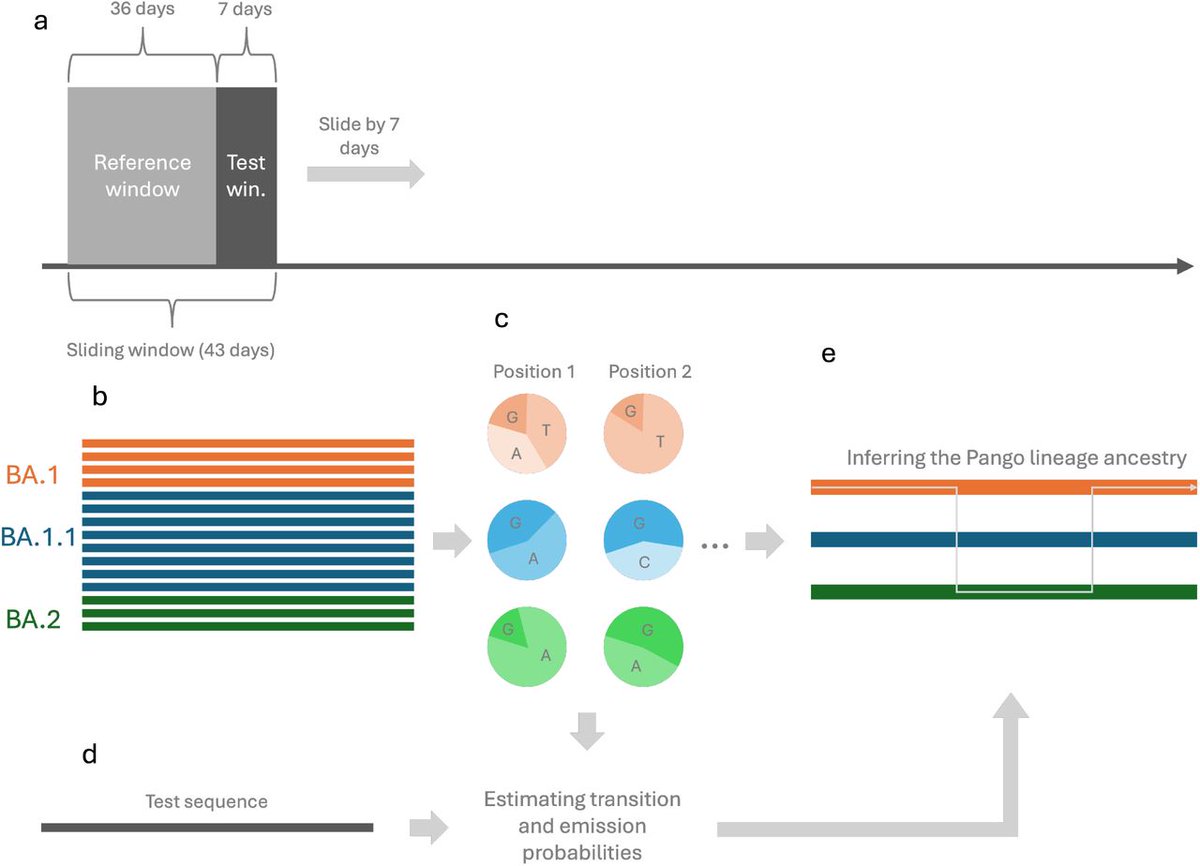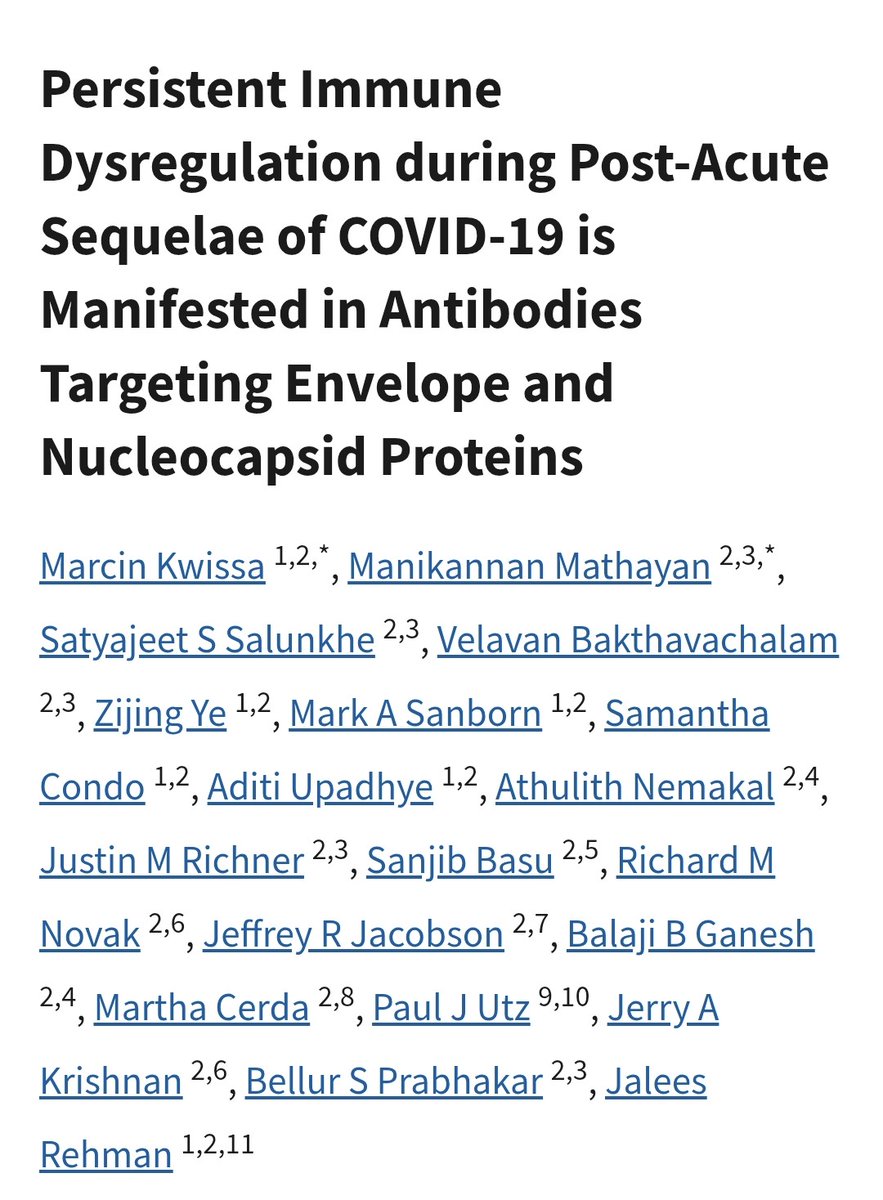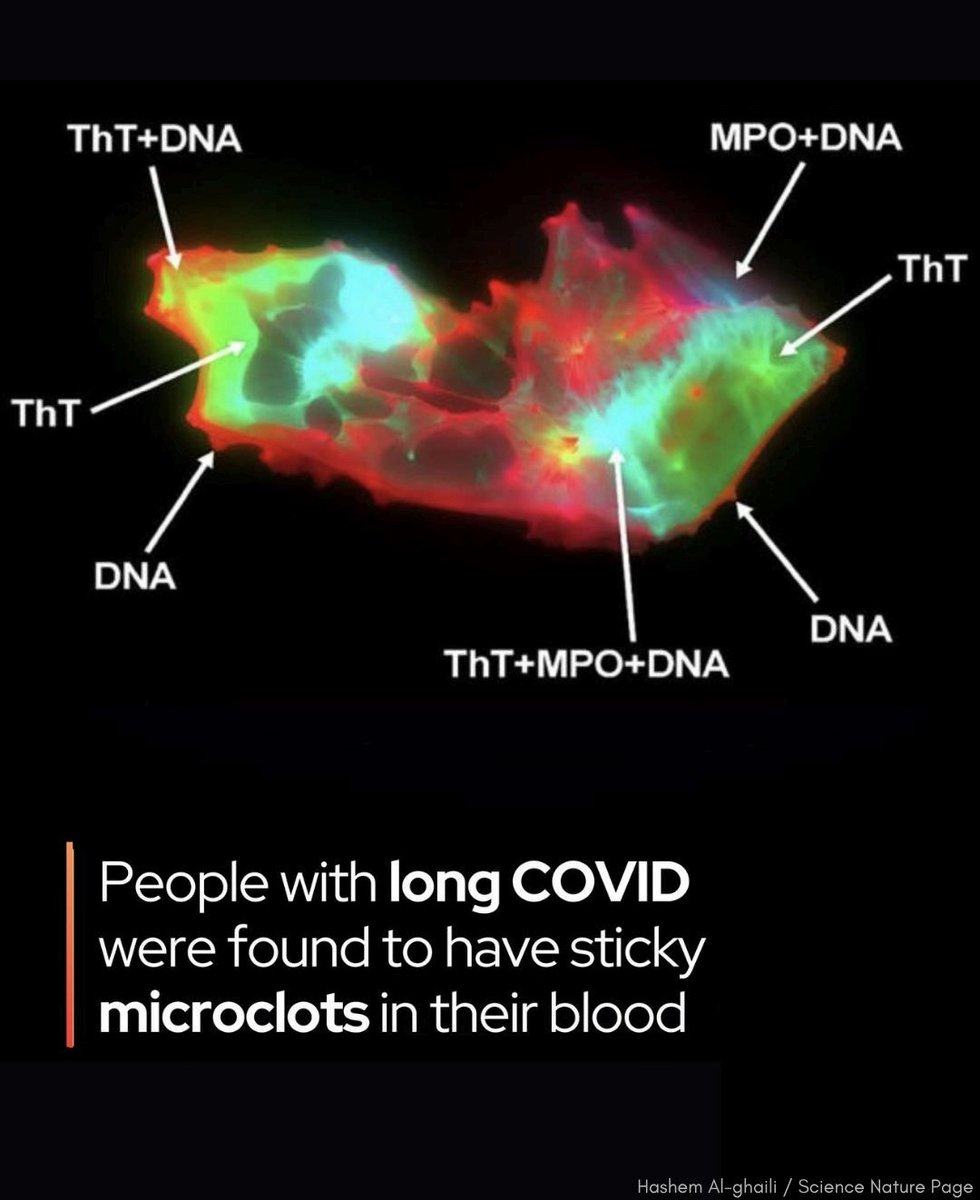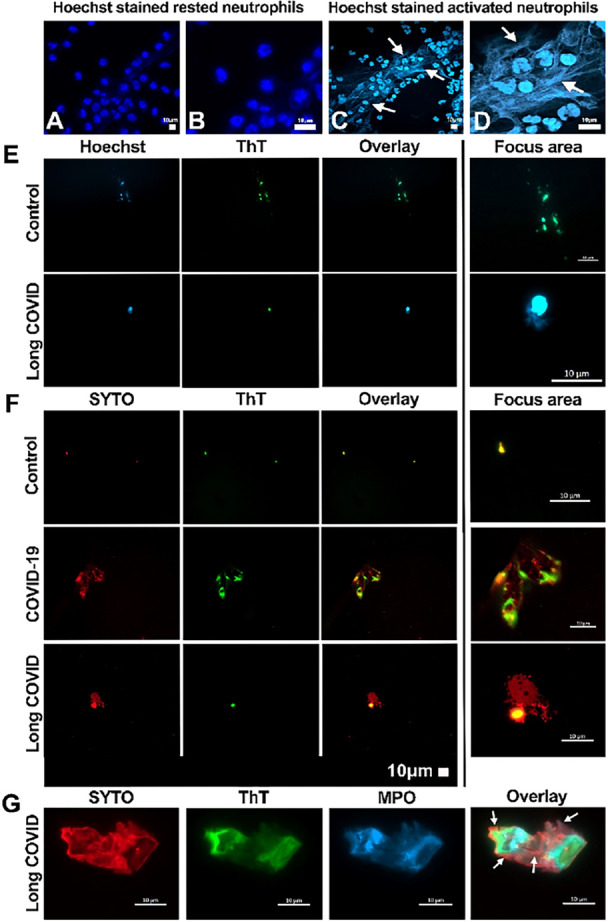Why do they PREFER US to USE "ENDEMIC" instead of "PANDEMIC"?
After an interesting discussion with @brownecfm and @DavidJoffe64 considering the term "endemic" as a linguistic code, I wanted to respond for once, in a lighter way with some cartoons.
After an interesting discussion with @brownecfm and @DavidJoffe64 considering the term "endemic" as a linguistic code, I wanted to respond for once, in a lighter way with some cartoons.

3) Vaccines were initially introduced as the key solution to transition, from an uncontrollable "pandemic" to a more manageable "endemic" and localized situation. 

4) With variants such as Delta and particularly Omicron, and their ability to evade immunity, their game despite all their efforts was disrupted. 

5) Given the massive and global surges of Omicron, it's was difficult to dare to speak of COVID-19 as ... an endemic disease 

6) Because the economy could not afford to wait, for the conclusion of a disease, that seems never-ending. 

10) All that remained for them was the magic, and with a flick of the wand, turning the word "pandemic" into "endemic."
I repeat it. We must condemn the framing of this unacceptable prank, that employs the deceptive language of impostors.
I repeat it. We must condemn the framing of this unacceptable prank, that employs the deceptive language of impostors.

• • •
Missing some Tweet in this thread? You can try to
force a refresh






